The Quiet Plan to Save Grand Avenue
Actually written 10 years ago. Civic leaders discuss how public private partnerships revived Downtown.
A panel of civic leaders gathered Monday afternoon to reflect on how a series of public-private partnerships have unlocked the development potential of Downtown. And to my surprise the discussion included a little-discussed article on how turn around the Grand Avenue Mall published by Urban Milwaukee in 2009.
Department of City Development Commissioner Rocky Marcoux kicked off the discussion, hosted by the Greater Milwaukee Committee, with a comprehensive, 15-minute presentation highlighting all of the different downtown projects dating back to the administration of Mayor John Norquist and how the city has worked to shape them.
“This is what we were starting with, a river that had been degraded, polluted and forgotten,” said Marcoux while he showed images of the pre-riverwalk Milwaukee River. The fast-talking commissioner told the audience that plans to beautify the city around the river went back over 100 years, but it was the Milwaukee Metropolitan Sewerage District‘s Deep Tunnel project and upgrading of the Jones Island treatment plant that helped make the river a more appealing place to be. He said that government investment cleared the way for the billions of dollars in development that came next. “The private sector did what it does best, maximize return on investment,” said Marcoux once the city and developer Gary Grunau began investing in the RiverWalk’s formation.
Marcoux said the removal of the elevated Park East freeway spur has also transformed the city into a more equitable and vibrant place. “The racism that exists in our city today was promulgated by the hard decisions made with our physical infrastructure,” said Marcoux of the dividing line between the black residents that live north of the former freeway and the central business district. He said that African-American developer Kalan Haywood‘s redevelopment of the Germania Building signals a changing of the guard.
The commissioner’s whirlwind presentation included a list of other wins for the city, including the 12,000 downtown housing units created since Marcoux’s boss Tom Barrett was first elected in 2004 and the doubling of downtown property values since 2005.
“Our goal has been to facilitate development by others and be a catalyst for the area,” said Chernof. That model has worked to perfection with the Grand Warner Theatre, which the Milwaukee Symphony Orchestra is transforming into a music hall. Chernof’s organization, WAM DC LLC, assembled the land and purchased adjoining parcels to facilitate the $89 million deal.
The organization got another bite at the apple when Interstate Parking’s Tony Janowiec and the Minneapolis-based Hempel Companies bought the mall for $24.5 million in 2015. WAM DC provided some of the capital to acquire the two-block complex.
Then the surprises began. “Nobody wanted to finance it,” said Hempel’s Josh Krsnak of the firm’s ambitious redevelopment plans. “The second biggest surprise was how much community support we received,” said Krsnak of the support from Chernof’s group, Barrett, Marcoux, business leaders like David and Sheldon Lubar and others. He joked that when he bought the building Barrett called Krsnak and Janowiec into his office and expressed concern they would turn it into a strip club. Nope, that wasn’t their intention.
Instead their plan mirrors a story I had written for Urban Milwaukee (“Grand Avenue Mall – A New Implementation“) in March 2009, back when I was an undergrad finishing college at MSOE, and the publication was just getting started and had very low readership. But the story is available online, and Krsnak happened to find it sometime after their plan to revamp the Grand Avenue was formulated.
Telling the audience of business leaders that their plan to save the mall had actually been available online for a decade, he walked the audience point-by-point through my vision of how to redevelop the struggling mall.
Relocate the food court from the third floor to the first floor? Spot on said Krsnak, his firm is doing just that with partner Omar Shaikh and the 3rd Street Market Hall. Use the third floor for office space or a non-retail use? Another apt suggestion, he noted: engineering firm Graef will anchor The Avenue as a third-floor office tenant. Transition the second floor away from retail? Krsnak intends to do just that, using the floor as a new apartment complex, amenity space for tenants and additional office space.
Krsnak, by the way, was not aware the author of this story was in the audience and was surprised to learn that. Nor had I any inkling he was going to be talking about my story.
As for how the transformation of Grand Avenue is going, Krsnak told the audience that things are looking up. The city has committed $9 million via a tax incremental financing district to support the public area’s redevelopment, the apartments are open and Graef is set to move in next month.
Leasing interest is growing and his team continues to acquire properties in the area. The developer said he currently has more lease offers out to prospective tenants than it has space. Approximately 80 percent of the complex is pre-leased.
The development team continues to acquire nearby properties to expand its footprint, including the Matthews Building office complex near the mall’s N. Old World Third St. entrance and the 136 apartments in the Majestic Building above the Walgreens on the former mall’s first floor.
Construction work on the project, including the food hall, is scheduled to be wrapped up by May.
Krsnak, who said they’ve already received offers to sell the mall, told the audience the real estate axiom “you make money when you buy, not when you sell.” And on that, he said they did a good job. When evaluating the value of the Grand Avenue Mall they determined that 1,748-stall parking garage which came with the mall would nearly repay the entire sale price, so that they were really paying just $4 per square foot for the mall.
What’s Next?
“I sure hope this spreads into the neighborhoods in a big way,” said Chernof of the downtown development boom.
The two other panelists, Alex Lasry of the Milwaukee Bucks and John Kersey of Zilber, detailed how that energy is already spreading away from Wisconsin Ave.
Lasry said the Bucks continue to work with prospective hotel operators on building a hotel on the Bradley Center site after the 2020 Democratic National Convention.
Kersey told the audience his firm is working on the final pieces of Joseph Zilber‘s vision to redevelop the former Pabst Brewery into a mixed-use neighborhood. “If you listen to what the market tells you, the market will define the project,” said Kersey.
As for me, I’m very happy — and yes, a little proud — that our story helped point the way to how a key part of Downtown could be saved.
Demolition Photos – February 2019
Renderings
Mall Photos
If you think stories like this are important, become a member of Urban Milwaukee and help support real, independent journalism. Plus you get some cool added benefits.
More about the Redevelopment of the Grand Avenue Mall
- 3rd Street Market Hall Opening in October - Jeramey Jannene - Aug 26th, 2021
- Eyes on Milwaukee: 620 WTMJ, ESPN Radio and The Truth Moving Downtown - Jeramey Jannene - Jun 2nd, 2021
- Eyes on Milwaukee: The Quiet Plan to Save Grand Avenue - Jeramey Jannene - Nov 11th, 2019
- Eyes on Milwaukee: Committee Questions Grand Avenue Deal - Jeramey Jannene - Apr 9th, 2019
- Eyes on Milwaukee: $9 Million for Grand Avenue Replacement - Jeramey Jannene - Mar 21st, 2019
- Dining: Umami Moto Will Return - Jeramey Jannene - Dec 21st, 2018
- Eyes on Milwaukee: Meet Grand Avenue’s New Food Hall - Jeramey Jannene - Dec 6th, 2018
- Eyes on Milwaukee: Grand Avenue Mall Lands Anchor Tenant - Jeramey Jannene - Dec 6th, 2018
- Friday Photos: New Grand Avenue Apartments - Jeramey Jannene - Sep 2nd, 2017
- Bublr Bikes Moving HQ, Maintenance Operation Into Shops of Grand Avenue - Bublr Bikes - Jan 5th, 2017
Read more about Redevelopment of the Grand Avenue Mall here
Political Contributions Tracker
Displaying political contributions between people mentioned in this story. Learn more.
- December 23, 2020 - Tom Barrett received $1,000 from Steve Chernof
- December 23, 2020 - Tom Barrett received $500 from Rocky Marcoux
- December 22, 2018 - Tom Barrett received $500 from Rocky Marcoux
- November 28, 2018 - Tom Barrett received $500 from Steve Chernof
- November 21, 2018 - Tom Barrett received $200 from Alex Lasry
- November 12, 2018 - Tom Barrett received $1,000 from Tony Janowiec
- April 11, 2018 - Tom Barrett received $1,000 from Sheldon Lubar
- December 29, 2017 - Tom Barrett received $500 from Rocky Marcoux
- November 2, 2017 - Tom Barrett received $400 from Steve Chernof
- June 21, 2017 - Tom Barrett received $350 from Omar Shaikh
- May 22, 2017 - Tom Barrett received $400 from Steve Chernof
- March 1, 2017 - Tom Barrett received $400 from Rocky Marcoux
- February 22, 2017 - Tom Barrett received $1,000 from Sheldon Lubar
- March 30, 2016 - Tom Barrett received $2,000 from Alex Lasry
- March 21, 2016 - Tom Barrett received $3,000 from David Lubar
- March 20, 2016 - Tom Barrett received $1,000 from Tony Janowiec
- March 3, 2016 - Tom Barrett received $1,000 from Alex Lasry
- November 24, 2015 - Tom Barrett received $1,000 from Tony Janowiec
Eyes on Milwaukee
-
Church, Cupid Partner On Affordable Housing
 Dec 4th, 2023 by Jeramey Jannene
Dec 4th, 2023 by Jeramey Jannene
-
Downtown Building Sells For Nearly Twice Its Assessed Value
 Nov 12th, 2023 by Jeramey Jannene
Nov 12th, 2023 by Jeramey Jannene
-
Immigration Office Moving To 310W Building
 Oct 25th, 2023 by Jeramey Jannene
Oct 25th, 2023 by Jeramey Jannene


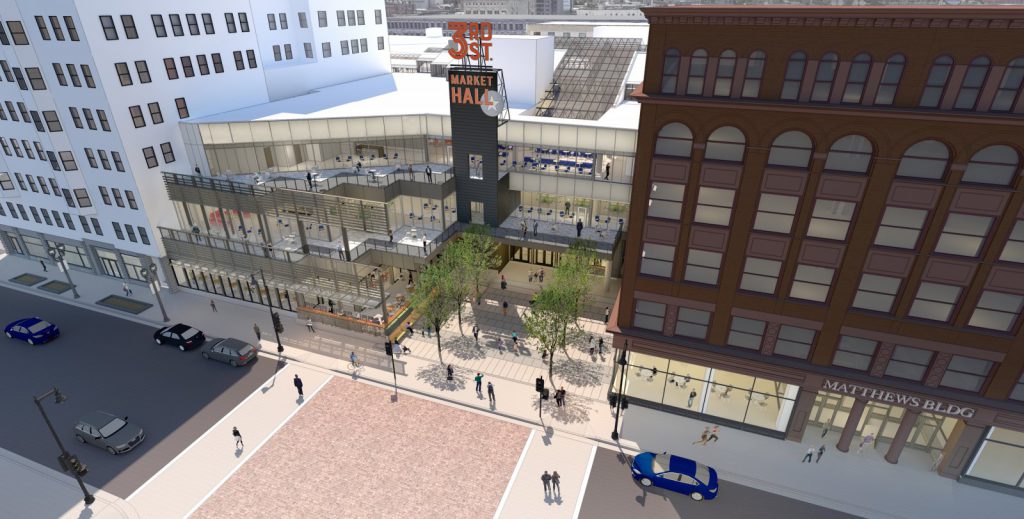
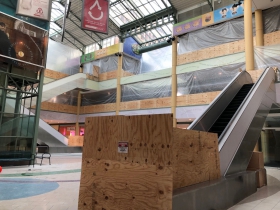
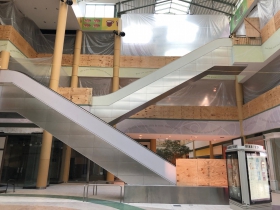
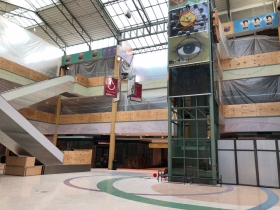
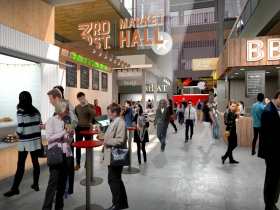
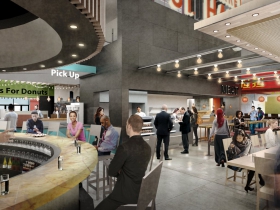
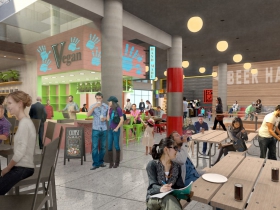
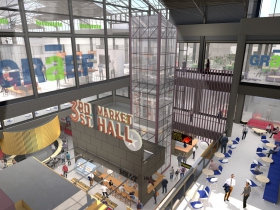
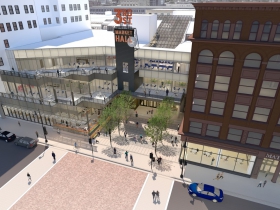
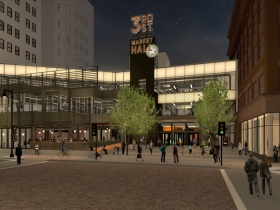
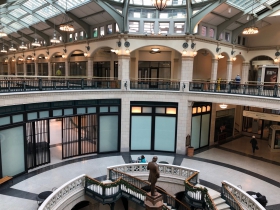
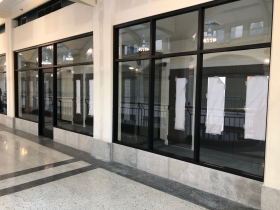
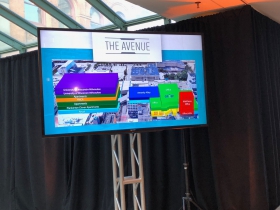


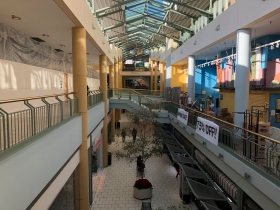



















Congratulations, Jeramey. You should feel proud.
So excited for this!
I love this.
Excellent article!